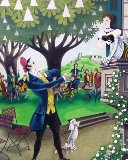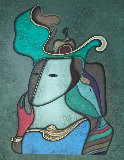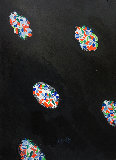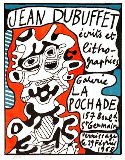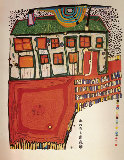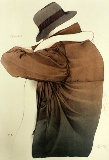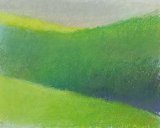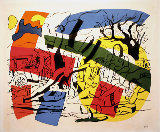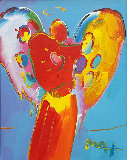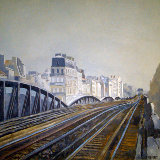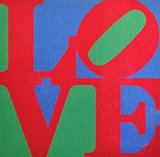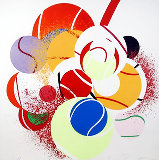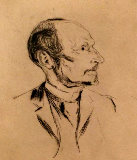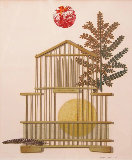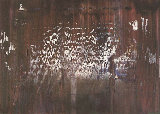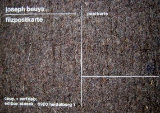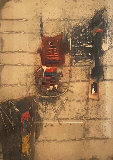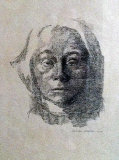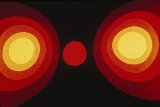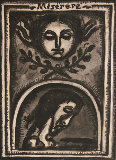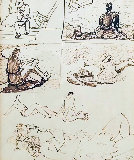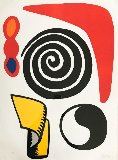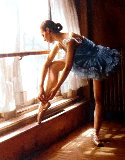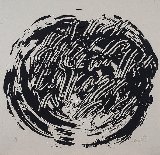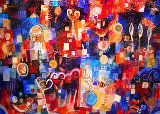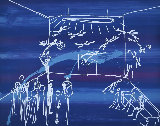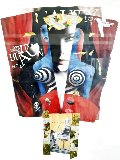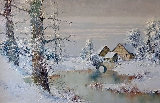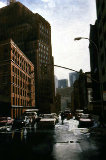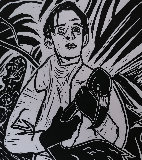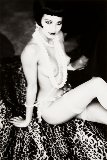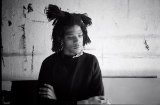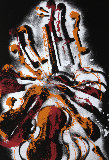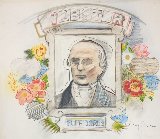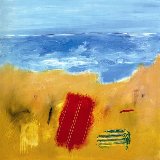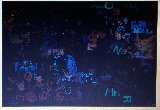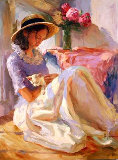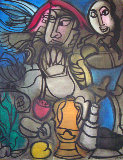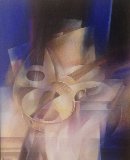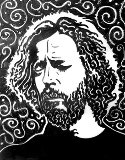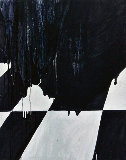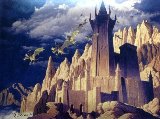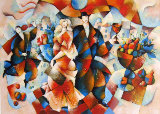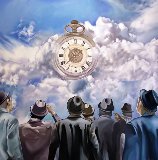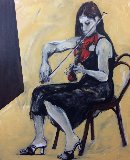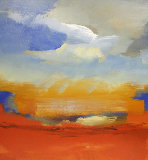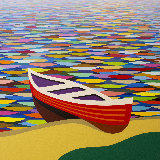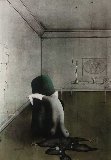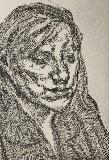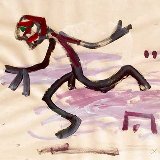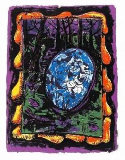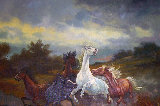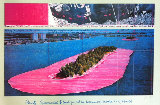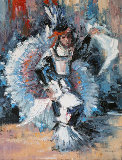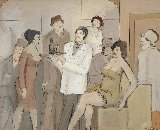-

-
Oskar Fischinger
GermanyArt Brokerage: Oskar Fischinger German Artist: b. 1900-1967. Oskar Fischinger was born on June 22nd, 1900 in Gelhausen, Germany. He spent his youth mastering the violin and apprenticing at an organ-building firm until the firm's owners were drafted into World War I. The following year he was deemed too young and unhealthy for duty and thus moved to Frankfurt to become an apprentice draftsman in an architect's office, ultimately receiving a diploma in engineering. In 1920 Fischinger was introduced to film critic Bernhard Diebold in a Frankfurt literary club. Taken by Fischinger's abstract scroll sketches, Diebold introduced him to the artistic potential of filmmaking. The following year, Fischinger attended the first public screening of Walther Ruttmann's Light Play Opus I. Fischinger was so moved by Ruttman's film that he decided to devote his life to the creation of "absolute cinema" — also known non-narrative film, this style of experimental film perfectly incorporated his musical and graphic art skills. Fischinger's films of the early 1920s are examples of his most radical work, perhaps due to his interest in pushing past the more traditional romantic features of Ruttmann's films.nIn the films Wax Experiments and Spirals, he portrayed hypnotic, complex, visual patterns interrupted by striking "singular frames of contrasting imagery" and experimented with this unique editing style again, ultimately creating a series of film performances called Raumlichtkunst ('space-light-music'): abstract multiple-projection shows, first performed in Germany in 1926. In the late 1940s Fischinger invented the Lumigraph (patented in 1955) which some have mistakenly called a type of color organ. Fischinger had hoped to make the Lumigraph a commercial product, widely available for anyone, but this did not happen. The instrument produced imagery by pressing against a rubberized screen so it could protrude into a narrow beam of colored light. As a visual instrument, the size of its screen was limited by the reach of the performer. Raumlichtkunst is widely considered to be far ahead with its dynamic inventiveness, described as "Dazzling…an exhilarating phantasmagoria of abstraction and metaphor" by The New York Times in 2012, following the restoration of Fischinger's original nitrate film by the Center for Visual Music. Listings wanted.
Read More + - Create Listing 0 Artworks for sale 0 Followers
-
We are actively seeking listings for Oskar Fischinger.
Create a free listing or free wanted ad.
-
Art Wanted
We have interested buyers looking for these artworks by Oskar Fischinger:
- CREATE AD
- Art Brokerage Requests (1)





